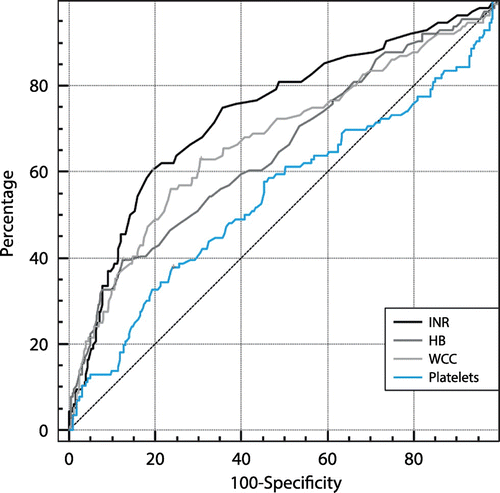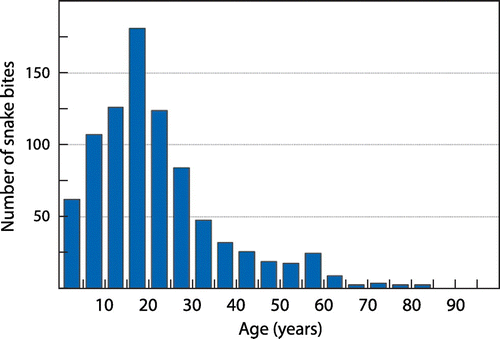Figures & data
Figure 1: High-incidence snakebite setting in southern Africa. The province of KwaZulu-Natal is shaded in dark grey and abuts on Swaziland and Mozambique in the north. The areas in blue are the Uthungulu (south) and Ukhanyakude (north) administrative districts. These two districts constitute a significant part of the catchment area for Ngwelezane Hospital, situated in the town of Empangeni, are coastal and subtropical in climate, and have a high incidence of snakebite.
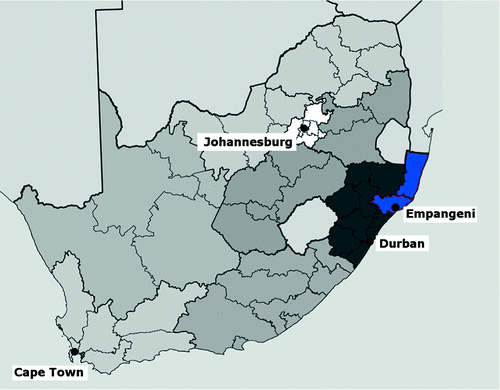
Figure 2: Treatment algorithm for management of snakebite in northern KwaZulu-Natal.
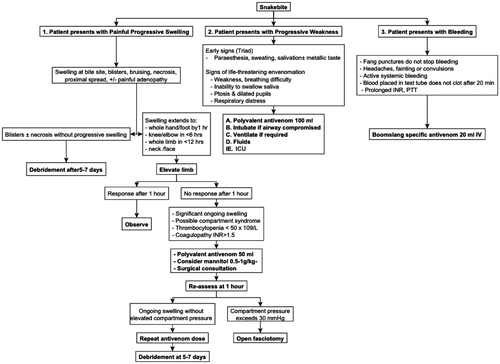
Figure 3: Seasonal distribution of snakebite incidence from September 2008 to December 2013 using cyclical regression. The incidence peaks in January (midsummer) and has a trough in July (midwinter).
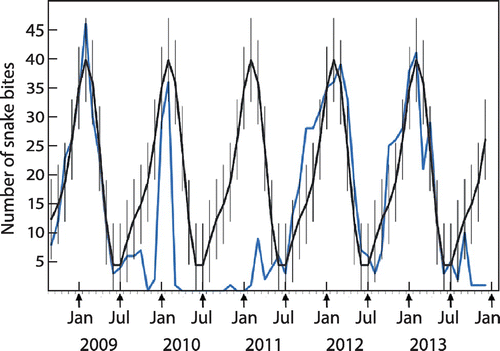
Figure 5: Proportion of cases envenomed per decade of life. Confidence intervals for the proportion are shown by the white bars. The proportion for the second decade is significantly lower than that for the first decade (p < 0.0001); the proportion for the third decade is significantly lower than that for the first decade (p < 0.0001) and the second decade (p = 0.002). No significant differences are shown for the fourth to eighth decades: numbers of subjects are smaller and confidence intervals correspondingly wider.
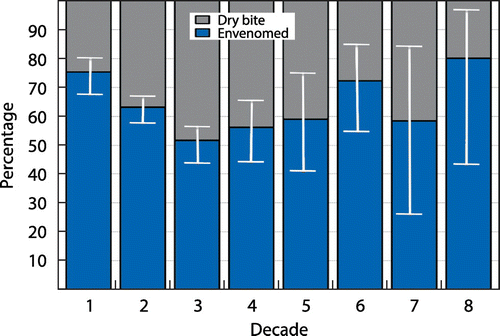
Figure 6: Receiver operating characteristics (ROC) curves: laboratory indices as predictors of categorisation as severe. All indices are poorly predictive; the best performing is INR (AUC: 0.75, CI 0.70–0.79). The Youden index J corresponds to an INR value of 1.18, with a sensitivity of 60.8% and a specificity of 81.2%.
